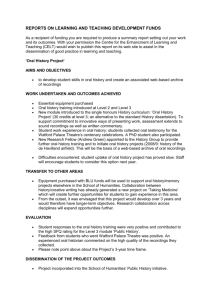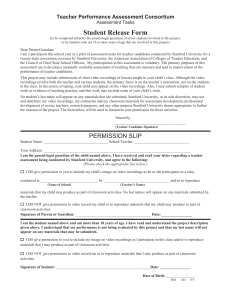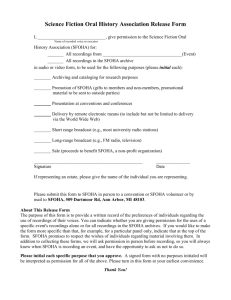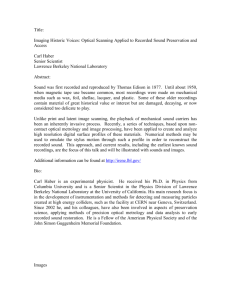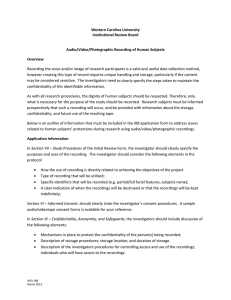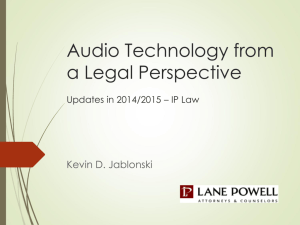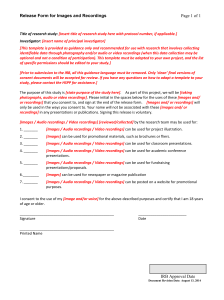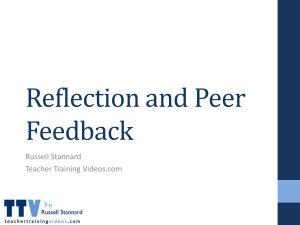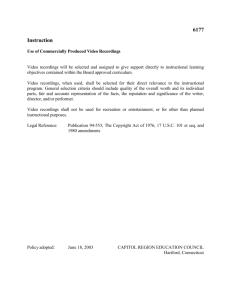Project Title: Automated identification and classification of bird calls
advertisement
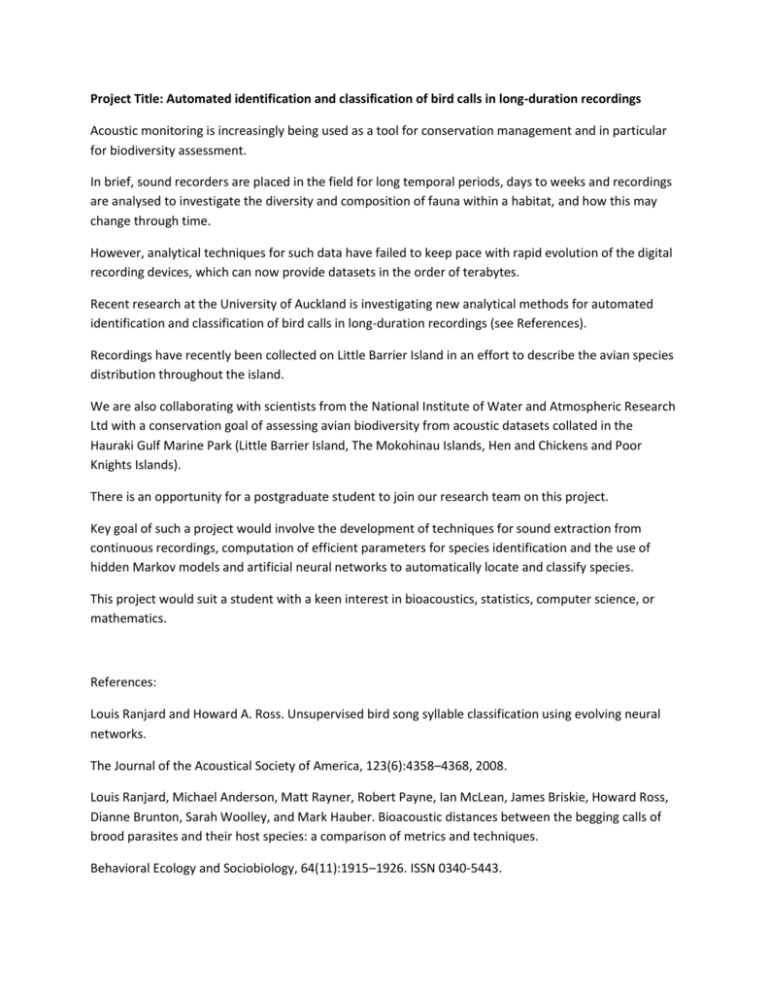
Project Title: Automated identification and classification of bird calls in long-duration recordings Acoustic monitoring is increasingly being used as a tool for conservation management and in particular for biodiversity assessment. In brief, sound recorders are placed in the field for long temporal periods, days to weeks and recordings are analysed to investigate the diversity and composition of fauna within a habitat, and how this may change through time. However, analytical techniques for such data have failed to keep pace with rapid evolution of the digital recording devices, which can now provide datasets in the order of terabytes. Recent research at the University of Auckland is investigating new analytical methods for automated identification and classification of bird calls in long-duration recordings (see References). Recordings have recently been collected on Little Barrier Island in an effort to describe the avian species distribution throughout the island. We are also collaborating with scientists from the National Institute of Water and Atmospheric Research Ltd with a conservation goal of assessing avian biodiversity from acoustic datasets collated in the Hauraki Gulf Marine Park (Little Barrier Island, The Mokohinau Islands, Hen and Chickens and Poor Knights Islands). There is an opportunity for a postgraduate student to join our research team on this project. Key goal of such a project would involve the development of techniques for sound extraction from continuous recordings, computation of efficient parameters for species identification and the use of hidden Markov models and artificial neural networks to automatically locate and classify species. This project would suit a student with a keen interest in bioacoustics, statistics, computer science, or mathematics. References: Louis Ranjard and Howard A. Ross. Unsupervised bird song syllable classification using evolving neural networks. The Journal of the Acoustical Society of America, 123(6):4358–4368, 2008. Louis Ranjard, Michael Anderson, Matt Rayner, Robert Payne, Ian McLean, James Briskie, Howard Ross, Dianne Brunton, Sarah Woolley, and Mark Hauber. Bioacoustic distances between the begging calls of brood parasites and their host species: a comparison of metrics and techniques. Behavioral Ecology and Sociobiology, 64(11):1915–1926. ISSN 0340-5443.
